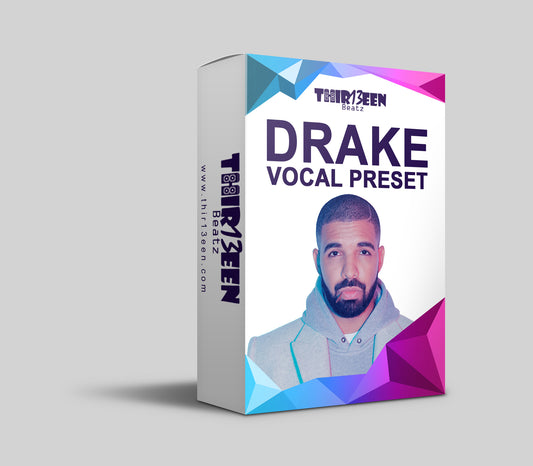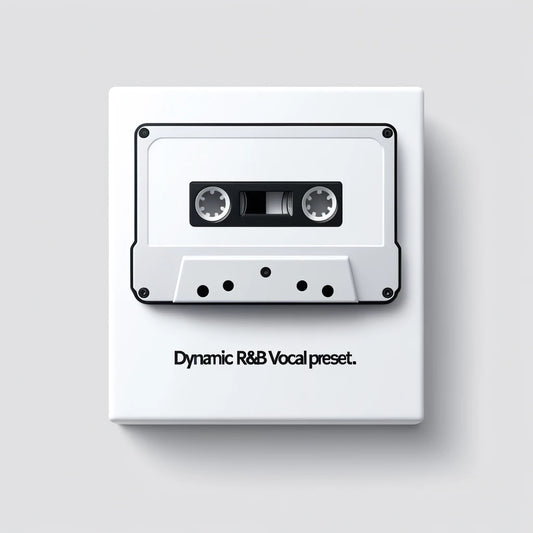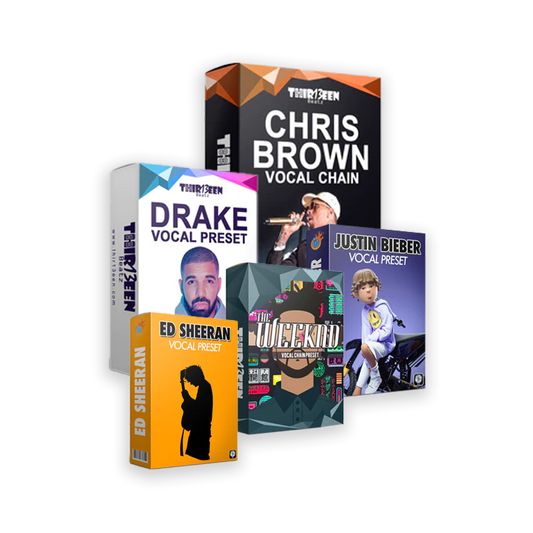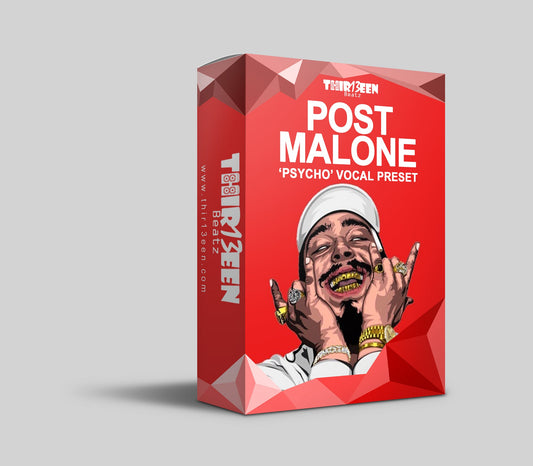Intro to Studio One
PreSonus Studio One emerges as a cutting-edge Digital Audio Workstation (DAW) celebrated for its seamless interface and robust functionalities. This overview aims to dissect Studio One 5, spotlighting its latest additions, variant editions, and how it evolves from its predecessors.
Studio One 5 stands as a beacon of innovation within PreSonus's lineage, offering significant workflow enhancements, plugin improvements, and a refined user experience.
Our exploration will dive into the core attributes of Studio One 5, the breakthrough Pro EQ 3, the spectrum of Studio One editions, and its standing against other leading DAWs, ensuring a comprehensive guide for both novices and seasoned professionals in the music production domain.
Comprehensive Review of PreSonus Studio One 5
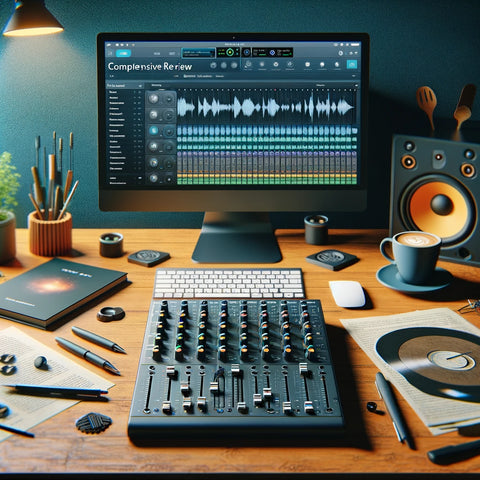
Core Features
PreSonus Studio One 5 continues to build on its reputation as a powerful and user-friendly Digital Audio Workstation (DAW).
Key features introduced in this version focus significantly on enhancing the workflow, plugin capabilities, and overall performance, making it a solid choice for both new users and seasoned professionals.
One of the standout improvements is the introduction of new plugins and soundsets, along with significant enhancements to existing tools, ensuring that users have a wide array of options for their music production needs.
Workflow Improvements
Studio One 5 introduces a streamlined workflow that significantly reduces the learning curve for new users while offering depth and flexibility for veterans.
The DAW incorporates drag-and-drop functionality throughout the interface, simplifying the process of adding instruments and effects, arranging audio and MIDI tracks, and applying automation.
Plugin Enhancements
This version brings in an array of plugin enhancements, including updated effects and instruments that leverage state-of-the-art processing capabilities for richer, more detailed sounds.
Notably, the integration of Pro EQ 3 offers advanced spectral editing, dynamic EQ options, and a user-friendly interface that boosts both mixing and mastering processes.
Performance and Stability
Studio One 5 stands out for its robust performance and stability, handling large projects with ease. This is due in part to its efficient CPU usage and the optimization for both Windows and Mac platforms, ensuring a smooth production experience even in demanding sessions.
User Interface (UI)
The UI in Studio One 5 sees thoughtful updates from its predecessors, making it not only visually appealing but also more intuitive. The redesigned interface offers a more organized and accessible workflow, with customizable layouts and improved navigation.
These changes not only enhance the aesthetic appeal of the DAW but also contribute to a more efficient and enjoyable production process.
PreSonus Studio One 5 impressively balances powerful features with an intuitive interface, making it a versatile DAW suited for a wide range of music production tasks.
Whether you're recording, mixing, mastering, or simply brainstorming ideas, Studio One 5 provides a comprehensive toolset designed to bring your musical vision to life.
With its blend of innovative features and a supportive user community, Studio One 5 is well-positioned as a top choice for audio professionals seeking a reliable and creative music production environment.
Transform your vocals today with our premium presets - discover your perfect sound now!
Introducing Pro EQ 3 in Studio One 5
Enhancements Over Previous Versions
Pro EQ 3 in Studio One 5 marks a significant upgrade over its predecessors, introducing a suite of advanced features and capabilities that cater to the nuanced needs of modern music production.
Notably, it brings in spectral editing, allowing users to visually identify and manipulate frequencies in a more detailed and intuitive manner. This is a game-changer for precision equalization tasks, where identifying problematic or desired frequencies is crucial.
The dynamic EQ options introduced with Pro EQ 3 add another layer of flexibility, enabling frequency-specific compression or expansion.
This feature is particularly useful for dealing with complex material where traditional EQ settings might be too blunt an instrument, allowing for more surgical adjustments to the dynamics of specific frequency ranges.
User interface improvements in Pro EQ 3 make it more accessible and easier to navigate, even for those new to spectral editing and dynamic EQ. These enhancements ensure a smoother, more efficient workflow, allowing users to focus more on creativity and less on technical hurdles.
Application in Mixing and Mastering
Pro EQ 3's advanced features make it an invaluable tool in both mixing and mastering scenarios. In mixing, its spectral editing capability can be used to carve out space for each element in a mix, ensuring clarity and preventing frequency clashes.
For example, it allows precise adjustments to the low-mid frequencies of a bass guitar so it doesn't interfere with the kick drum, enhancing the groove and clarity of the rhythm section.
In mastering, the dynamic EQ options come to the forefront. They allow for the subtle balancing of a track's overall frequency spectrum, ensuring that no frequency band is too dominant or recessed. This is essential for achieving a polished, commercially viable sound.
The dynamic EQ can also be used creatively to enhance the excitement of a track, subtly boosting the presence of key elements during specific moments without affecting the track's overall balance.
Overall, Pro EQ 3 in Studio One 5 is not just an upgrade in terms of features but also a step forward in making professional-quality mixing and mastering more accessible to users at all skill levels. With its intuitive interface and powerful capabilities, Pro EQ 3 helps users achieve their creative vision with greater precision and ease.
Also Read: The Best Piano VST Plugins
Exploring Studio One Prime and Other Versions
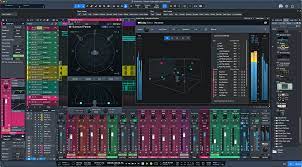
Studio One Prime: The Gateway to Music Production
Studio One Prime is the free version of PreSonus's acclaimed DAW, designed as an entry point for beginners or those with basic production needs. It offers a core set of recording and mixing tools, including a selection of PreSonus's native effects and instruments.
However, it limits users in terms of track counts, lacks VST and AU plugin support, and excludes some of the more advanced features found in higher-tier versions. Despite these limitations, Prime serves as a solid foundation for understanding DAW functionality and basic music production processes.
Studio One Artist: A Step-Up for Enthusiasts
Moving up, Studio One Artist offers a significant step-up in functionality, targeting hobbyists or semi-professional users who crave more from their DAW. Artist expands on Prime by increasing track counts, adding support for third-party VST and AU plugins (with the purchase of an additional add-on), and including more instruments and effects.
It also introduces performance features like PreSonus's Impact XT and SampleOne XT for beat and sample manipulation. Artist strikes a balance between accessibility and power, offering enough features to facilitate more complex productions without overwhelming users.
Studio One Professional: The Complete Production Suite
At the pinnacle of the Studio One hierarchy is Studio One Professional, the version that offers an exhaustive suite of features for advanced users and professionals.
This edition unlocks the full potential of Studio One, with unlimited track counts, advanced editing tools, full integration of PreSonus's Notion notation software, and a comprehensive collection of instruments and effects, including the Symphony Orchestra library.
Professional also introduces extensive mixing and mastering tools, like the Project Page for album assembly and the integrated mastering suite. It's designed to cater to all aspects of music production, from composition and recording to mixing, mastering, and publishing.
Each version of Studio One is tailored to different user needs and budgets, making Studio One a versatile DAW choice for anyone from beginners to seasoned professionals. Whether you're making your first foray into music production with Prime, expanding your skills with Artist, or running a professional studio with Professional, Studio One has a version that fits your requirements.
Also Read: Universal Audio's Apollo Solo vs Apollo Twin
Studio One Free
Studio One Free is not just a trial version; it's a completely free edition of PreSonus's DAW designed to give new users a taste of what Studio One has to offer.
It includes a basic set of recording, editing, and mixing tools, along with a selection of built-in effects and instruments.
However, it comes with restrictions such as limited track counts, no support for third-party VST/AU plugins, and excludes advanced features found in higher-tier versions like Studio One Artist or Professional.
It's perfect for beginners or those on a tight budget who want to start making music without financial commitment.
Why Choose PreSonus Studio One 5?
When it comes to digital audio workstations (DAWs), the market is rich with options, each with its unique set of features. Studio One 5, with its intuitive single-window workspace, drag-and-drop functionality, and robust feature set, stands out for its user-friendly approach to music production.
Compared to Ableton Live, known for its live performance strengths, Studio One 5 offers a more traditional workflow that many find conducive to recording and mixing.
While Ableton shines in loop-based creation and live settings, Studio One provides a streamlined, all-encompassing environment for song creation from recording to mastering.
Against Logic Pro, Studio One holds its ground with comparable, if not superior, mixing and mastering tools, especially with its Project Page and the integrated mastering suite.
Logic Pro might edge out with its vast library of sounds and loops, but Studio One's flexibility and efficiency in workflow can appeal more to users who prioritize a fast, fluid production process.
FL Studio is celebrated for its pattern-based sequencing and beat-making prowess, making it a go-to for electronic music producers.
However, Studio One's robust recording capabilities, and the recent enhancements like Pro EQ 3, offer a more rounded experience for those who work across multiple genres, especially those involving live instruments.
Community and Resources: A Robust Support System
One of PreSonus Studio One 5's strengths lies in its vibrant user community and the wealth of resources available. From the official PreSonus forums to third-party YouTube tutorials, new users can find answers and insights into nearly any question or challenge they might encounter.
PreSonus also offers a range of educational materials, from beginner guides to advanced production techniques, ensuring users at all levels can grow with the software.
The Studio One user community is notably collaborative, with a strong presence on social media platforms where users share tips, tracks, and personal insights.
This sense of community not only makes troubleshooting a breeze but also fosters a learning environment that can significantly enhance a user's growth and mastery over the software.
In conclusion, while the choice of DAW often comes down to personal preference, workflow requirements, and specific project needs, Studio One 5 presents a compelling case for a wide range of users, from beginners looking for a comprehensive start in music production to professionals seeking a powerful, efficient platform.
Its blend of user-friendly design, powerful features, and strong community support makes Studio One 5 a worthy contender in the crowded DAW landscape.
Keep Reading: The Drum Type Cheat Sheet
Concluding our Studio One Prime Review
Studio One 5 has firmly established itself as a versatile and user-friendly DAW, catering to a wide spectrum of audio professionals and enthusiasts.
With its latest iteration, it has introduced significant enhancements in workflow, plugin capabilities, and overall performance, solidifying its position in the competitive DAW market.
The introduction of Pro EQ 3, alongside improvements in UI design and stability, showcases PreSonus's commitment to evolving Studio One to meet the diverse needs of today's music producers.
Whether you're a beginner just diving into the world of music production or a seasoned pro looking for a comprehensive solution, Studio One 5 offers a range of features and versions to suit various production levels and budgets.
Its compatibility across different platforms, robust support community, and wealth of educational resources make it an appealing choice for anyone looking to refine their craft or streamline their workflow.
As you consider your options in the DAW landscape, Studio One 5 stands out as a worthy contender, capable of elevating your music production journey to new heights.


